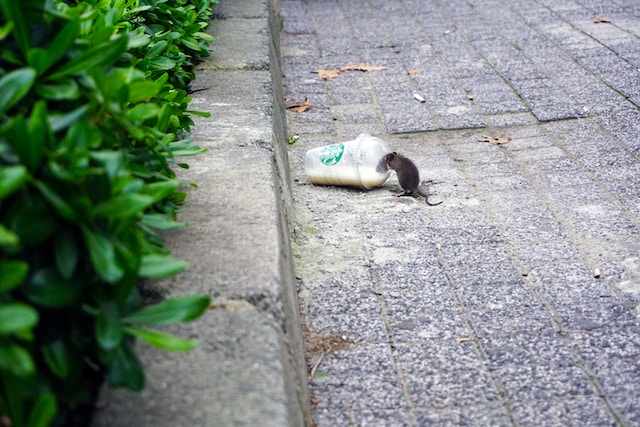Discovering rats in your garden can be quite alarming. Rats are known to carry diseases, damage property, and they can be a particular problem if they find their way into your home. If you’ve noticed signs of rats in your garden, don’t panic. Here are some practical steps to help you manage the situation effectively.
1. Identify Signs of Rats
The first step in dealing with rats is to be certain that they’re the culprits. Rats are usually active at night, so you may not see them directly. However, they leave tell-tale signs, including droppings, burrows in compost heaps or under decking, chewed fruits or vegetables, and gnaw marks on plastic or wooden structures.
2. Remove Attractants
The presence of rats in your garden often means they have found food, shelter, or both. Your initial response should be to make your garden less attractive to them. Store food waste in secure compost bins rather than heap compost piles, as this prevents rats from accessing the food matter. Similarly, keep household waste in securely closed bins. Clear away any fruits or vegetables left on the ground in your garden, as these can also serve as food sources.
3. Restrict Shelter Options
Rats are likely to nest in undisturbed garden areas, like compost heaps, garden sheds, or overgrown patches. By tidying up these areas, you can eliminate potential rat shelters. Cut back overgrown areas, regularly turn your compost, and keep sheds tidy and well-maintained. Store firewood off the ground and away from your home to further reduce potential nesting spots.
4. Seal Entry Points
Preventing rats from entering your home is a critical step. Rats are skilled climbers and can squeeze through very small gaps. Inspect your property for potential entry points, paying close attention to areas around pipes, doors, and windows, as well as cracks in the walls or foundations. Seal off any gaps using wire mesh, caulk, or steel wool, which rats are unable to chew through.
5. Use Traps or Deterrents
There are several trapping options available to manage a rat problem, including snap traps and live traps. Position the traps in areas of high rat activity—near burrows, along runways, or where you have noticed droppings. Be sure to check the traps daily. Sonic deterrents, which emit a frequency unpleasant to rats, can also be used. However, their effectiveness can be mixed and they are often seen as a complementary measure to trapping.
6. Seek Professional Help
If the rat problem persists despite your efforts, it might be time to call in the professionals. Barnsley pest control services have access to a range of strategies and can provide an effective and comprehensive solution. They will also advise on how to prevent future infestations. It’s important to note that most professionals will use rodenticides as a last resort, due to their potential harm to non-target wildlife and pets.
Conclusion
Finding rats in your garden can be unsettling, but taking prompt and appropriate action can help manage the issue. By identifying signs of rats, removing attractants, restricting shelter options, sealing entry points, using traps or deterrents, and seeking professional help when necessary, you can reclaim your garden from these unwelcome visitors. Remember, it’s essential to maintain these measures to prevent a re-infestation and to ensure your garden stays rat-free.





